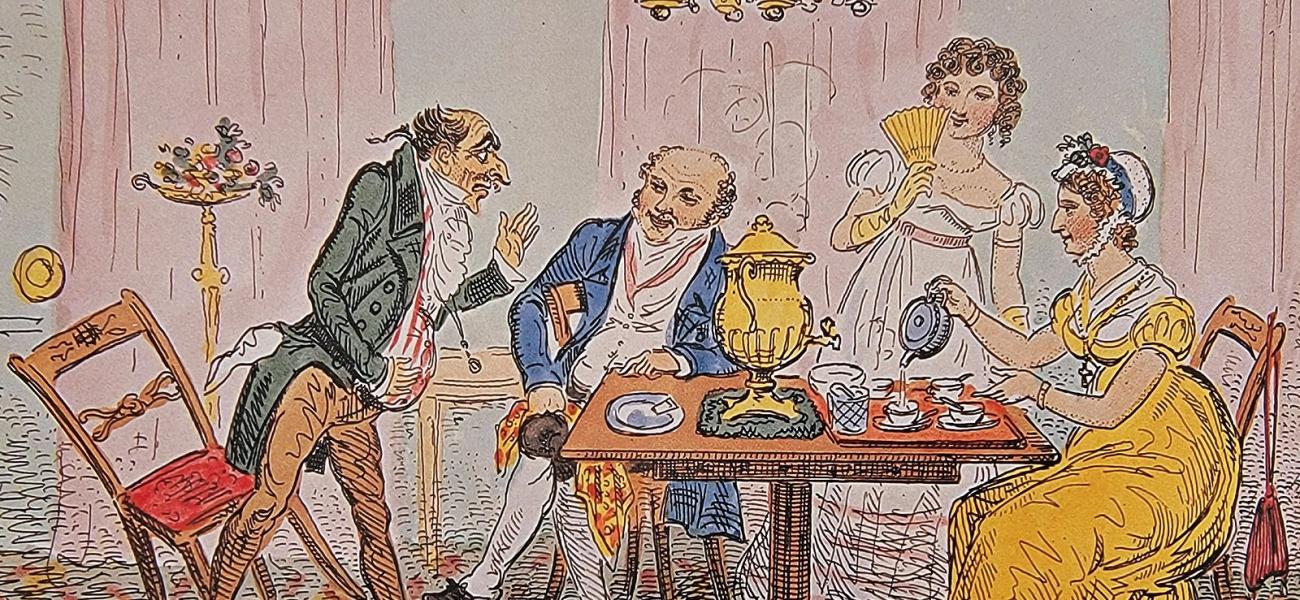It would be easier to write about ceramics if there were more jokes about ceramists. The lack of humor surrounding ceramic technologies is due to the industrialization of ceramic production and the emergence of ceramics as an academic discipline.
Before that, potters used to tell more jokes.
The industrialization of ceramics was well underway by the time Japan and China virtually took over in this new era of globalization. First, in the post-WWII period, Japan became a dynamic exporter of all things ceramic. Then, after China joined the World Trade Organization in 2001, Chinese exports went through the ceiling.
The result: ceramic mugs with printed logos became the standard gift. From corporations to public radio, people get promotional mugs for free. If you don't spend time at corporate meetings receiving ceramic swag or donating to public radio, you can buy used promotional mugs for ten cents at a yard sale or thrift shop.
They are everywhere. The new ones come from China, while collector's items from the 1950s often come from Japan. If you want to show off, you can buy European commercial mugs, but good luck finding them.
None of this is a good source of jokes.
And things get worse when we look at ceramics in academia. Again, the post-WWII era was formative. With thousands of soldiers returning home from WWII, many took advantage of the GI Bill and went to college. Universities expanded to absorb these new students, and art department enrollments increased dramatically. That first wave of post-WWII students and the first generation of ceramic professors reflected the era. They learned about academic politics, and there was undoubtedly some humor there. But the environment from the 1960s into subsequent decades was tinged with male egos, more than a bit of misogyny, and steady enrollments guaranteeing job security with minimal turnover.
There was undoubtedly more humor in academia than in the commercial ceramic industry, but much of it was the sort of humor we are trying to avoid in the 2020s.
Good riddance.
Interestingly, in academia, many of the jokes are about psychologists. For example, does the name Pavlov ring a bell? No, but it makes my mouth water. Or the one about three Freudians going into a bar, and the bartender immediately asks for some ID. And, of course, "Doctor, I feel as though no one understands me." Psychologist's response: "What do you mean by that?"


